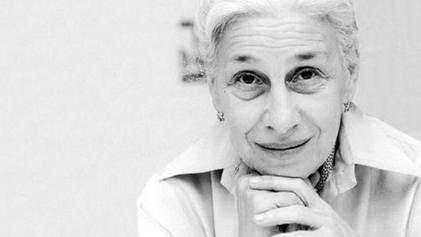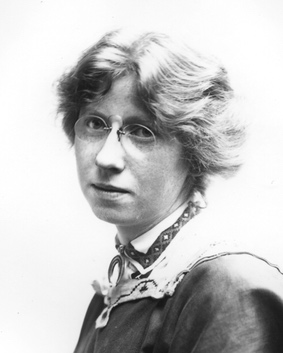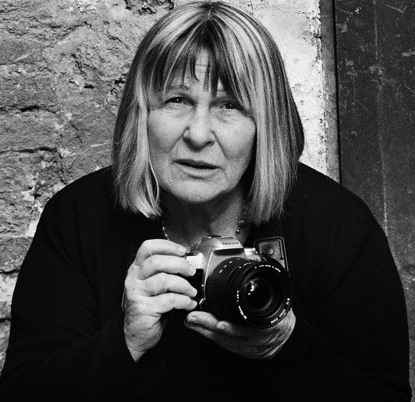
As we study the history of photography, we read about Henri Cartier-Bresson, Helmut Newton, and, of course, Peter Lindbergh. Women are rarely featured in articles on photography due to the role they were assigned in a patriarchal society. All the ladies featured in this article had to overcome sexism, disdain, and condescension as they climbed their way to the top.
Eve Arnold

Eve Arnold was the first woman to join the New York branch of Magnum Photos, founded by Henri Cartier-Bresson in 1947. She was also a member of The Royal Photographic Society of Great Britain and is considered one of the founders of the golden era of news photography.
Although Eve grew fond of photography from the age of 13, she managed to build a career only in her 30’s. She decided to get serious about this craft upon receiving a large order from a New York factory. Afterward, Eve came to think that she wanted to shoot for news reports.
In 1948, Arnold joined a photography class taught by Alexey Brodovitch, the art director of Harper’s Bazaar. He was impressed by Eve’s work and soon invited her to cooperate. Her shots were regularly published in Harper’s Bazaar and a good dozen of other periodicals.
Eve Arnold’s photos were highly regarded by Henri Cartier-Bresson. He facilitated her appointment as Associate Member of Magnum in 1955. Thus, she became the first woman to be officially accepted into an international photo agency.
As a photographer, Eve explored the life of people coming from all social strata. She captured both the poor life in New York’s Harlem and bohemian Hollywood. Eve wanted her stills to convey the true emotions of people in their natural environment.
Imogen Cunningham

Owing to her adamant character, Imogen Cunningham grew to become one of the most prominent American photographers of the twentieth century. Cunningham was probably the first woman who dared to call photography her profession. She was a feminist and wrote notes on photography as a means of making money for women.
Cunningham’s career began in 1915 when she married and moved to San Francisco. Despite the household chores, Imogen found the time for photography. Her sons and husband were her first models.
Imogen was one of the first female photographers to take nudes of men and pregnant women. Critics reacted negatively to such experiments because it was considered indecent. Although Imogen did not pay much attention to criticism, and fame was never her priority, she took a break from work after her stills were met with massive disapproval.
By the mid-1920s, Imogen had given up commerce. Cunningham began photographing plants. One of her most popular works is Magnolia, the beauty of which, according to the photographer, was destroyed by its popularity. In her botanical works, Cunningham portrayed plants in a lifelike way, in all their natural beauty, without sentimentality and artistry.
Letizia Battaglia

Letizia Battaglia is a Sicilian photographer. The main focus of her work was the 70s mafia. One can’t help but envy her fearlessness: she photographed the Cosa Nostra and, despite frequent threats, refused any protection.
Letizia made her first steps as a professional photographer in Milan. In the 70s, she returned to Sicily and found herself amid the mafia war. Then, politicians, prosecutors, law enforcement officers, activists, drug dealers, and prostitutes were killed in the streets. The woman was not frightened and started a photo chronicle of the brutal actions of the mafia. Battaglia now calls these images the “blood archive.” The series is now deemed a part of the Italian cultural heritage.
Letizia received threats from the mafia: calls, letters ordering to leave the island, street goons spitting in her face and breaking her cameras. Despite all that, Letizia remained in Palermo and continued to shoot. She ignored the police offering her protection as she believed that would limit her freedom.
In the mid-80s, Letizia attempted to fight the mafia in a different way. The woman entered the city council of Palermo and then the regional parliament. As Letizia herself recalls, the enthusiasm did not last long.
In 1992, the mafia killed two of Letizia’s friends, Falcone and Borsellino, who were popular symbols of hope and change. The death of her friends affected the woman deeply, and she moved away from photography for many years for the first time in her entire career. It seemed to her that there was no hope of victory.
“When you shoot corpses and poverty, black and white is a way to be delicate, respectful. Monochrome photos create a kind of silence, and this silence was very important to me,” Letizia reminisces.
Behind the Camera
None of the women mentioned in this article had it the easy way, and it is still hard for an aspiring female photographer to break through the gender barrier. There are many more icons of women’s photography that deserve proper recognition – for further reference, go check out the life stories of Lisette Model, the godmother of street photography, or Sofia Yablonska, the first female travel blogger.





